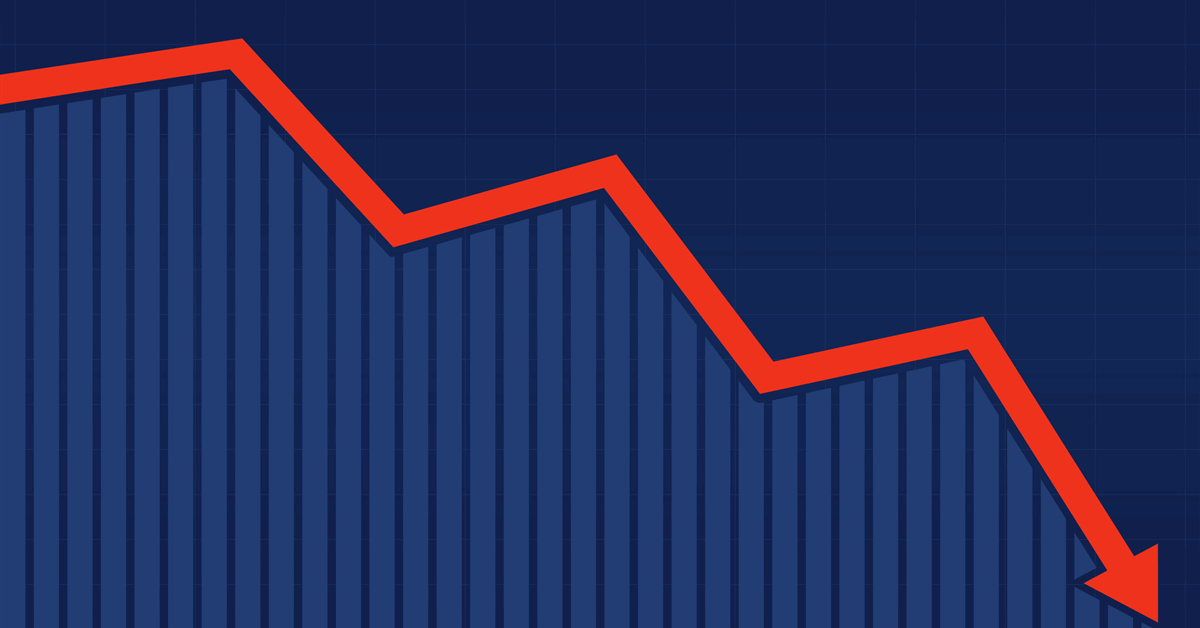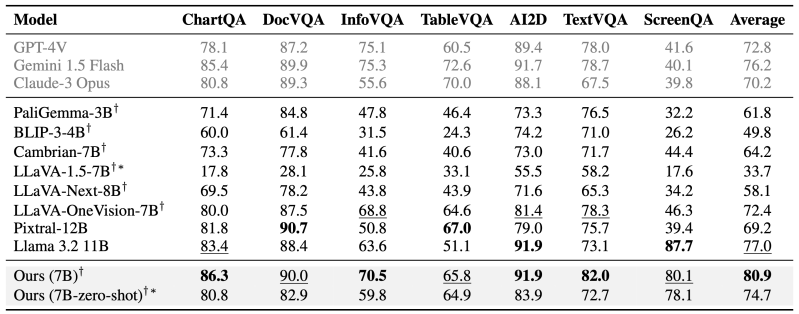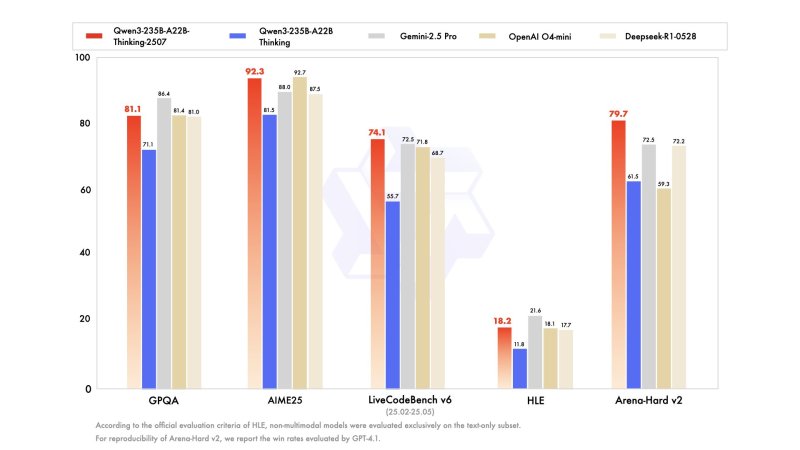
U.S. commercial crude oil inventories, excluding those in the Strategic Petroleum Reserve (SPR), decreased by 3.2 million barrels from the week ending July 11 to the week ending July 18, the U.S. Energy Information Administration (EIA) highlighted in its latest weekly petroleum status report.
That report was released on July 23 and included data for the week ending July 18. It showed that crude oil stocks, not including the SPR, stood at 419.0 million barrels on July 18, 422.2 million barrels on July 11, and 436.5 million barrels on July 19, 2024. Crude oil in the SPR stood at 402.5 million barrels on July 18, 402.7 million barrels on July 11, and 374.4 million barrels on July 19, 2024, the report revealed.
Total petroleum stocks – including crude oil, total motor gasoline, fuel ethanol, kerosene type jet fuel, distillate fuel oil, residual fuel oil, propane/propylene, and other oils – stood at 1.653 billion barrels on July 18, the report highlighted. Total petroleum stocks were down 5.4 million barrels week on week and down 12.7 million barrels year on year, the report showed.
“At 419 million barrels, U.S. crude oil inventories are about nine percent below the five year average for this time of year,” the EIA said in its latest weekly petroleum status report.
“Total motor gasoline inventories decreased by 1.7 million barrels from last week and are slightly above the five year average for this time of year. Both finished gasoline inventories and blending components inventories decreased last week,” it added.
“Distillate fuel inventories increased by 2.9 million barrels last week and are about 19 percent below the five year average for this time of year. Propane/propylene inventories decreased by 0.5 million barrels from last week and are 10 percent above the five year average for this time of year,” the EIA continued.
In the report, the EIA noted that U.S. crude oil refinery inputs averaged 16.9 million barrels per day during the week ending July 18, 2025, which it pointed out was 87,000 barrels per day more than the previous week’s average.
“Refineries operated at 95.5 percent of their operable capacity last week,” the EIA said in the report.
“Gasoline production increased last week, averaging 9.4 million barrels per day. Distillate fuel production increased by 95,000 barrels per day last week, averaging 5.1 million barrels per day,” it added.
U.S. crude oil imports averaged six million barrels per day last week, according to the EIA’s report, which outlined that this was a decrease of 403,000 barrels per day from the previous week.
“Over the past four weeks, crude oil imports averaged about 6.3 million barrels per day, 7.1 percent less than the same four-week period last year,” the EIA said in the report.
“Total motor gasoline imports (including both finished gasoline and gasoline blending components) last week averaged 606,000 barrels per day, and distillate fuel imports averaged 115,000 barrels per day,” it added.
Total products supplied over the last four-week period averaged 20.6 million barrels a day, slightly above the same period last year, the EIA stated in its report.
“Over the past four weeks, motor gasoline product supplied averaged 8.8 million barrels a day, down by 4.9 percent from the same period last year,” it noted.
“Distillate fuel product supplied averaged 3.6 million barrels a day over the past four weeks, down by one percent from the same period last year. Jet fuel product supplied was up 1.5 percent compared with the same four-week period last year,” it went on to state.
In an oil and gas report sent to Rigzone by the Macquarie Group late Monday, Macquarie strategists, including Walt Chancellor, revealed that they were forecasting that U.S. crude inventories would be down by 5.6 million barrels for the week ending July 18.
“This follows a 3.9 million barrel draw in the prior week, with the crude balance realizing significantly tighter than our expectations,” the strategists said in the report.
In its previous weekly petroleum status report, which was released on July 16 and included data for the week ending July 11, the EIA highlighted that U.S. commercial crude oil inventories, excluding those in the SPR, decreased by 3.9 million barrels from the week ending July 4 to the week ending July 11.
That report showed that crude oil stocks, not including the SPR, stood at 422.2 million barrels on July 11, 426.0 million barrels on July 4, and 440.2 million barrels on July 12, 2024. The report pointed out that data may not add up to totals due to independent rounding.
To contact the author, email [email protected]






















